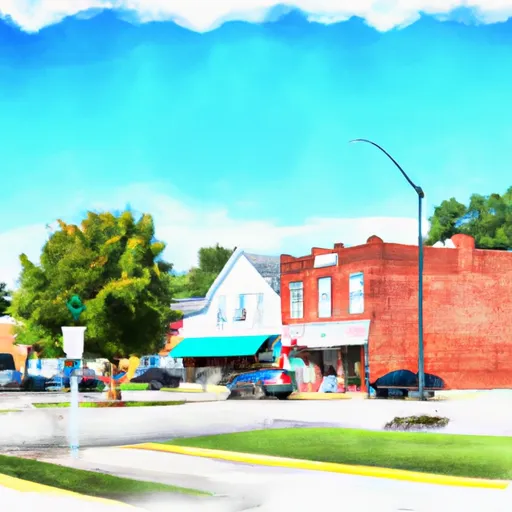°F
°F
mph
Windspeed
%
Humidity











Bulpitt, Illinois is a small village located in Christian County, in the central part of the state. The climate in Bulpitt is typical for the Midwest, with cold winters and hot summers. The area is also known for its high humidity levels during the summer months. Hydrology constituents in Bulpitt include several creeks and streams, as well as the nearby Sangamon River. Outdoor recreation opportunities in the area include fishing and hunting, as well as hiking and camping in nearby state parks and forests. Lake Taylorville is also a popular destination for boating and swimming during the summer months.
Weather Forecast
Bulpitt receives approximately 953mm of rain per year, with humidity levels near 84% and air temperatures averaging around 12°C. Bulpitt has a plant hardyness factor of 6, meaning plants and agriculture in this region thrive during a short period during spring and early summer. Most plants will die off during the colder winter months.
Regional Streamflow Levels
154
Cubic Feet Per Second
2,020
Cubic Feet Per Second
1,800
Cubic Feet Per Second
362
Cubic Feet Per Second
Nearby Camping
| Camping Area | Reservations | Toilets | Showers |
|---|---|---|---|
| Marathon Lake | |||
| McLeod Water Park | |||
| Little Black Creek Waterpark | |||
| Shockaloe Base Camp I | |||
| Lake Ross Barnett | |||
| Big Creek Waterpark |



